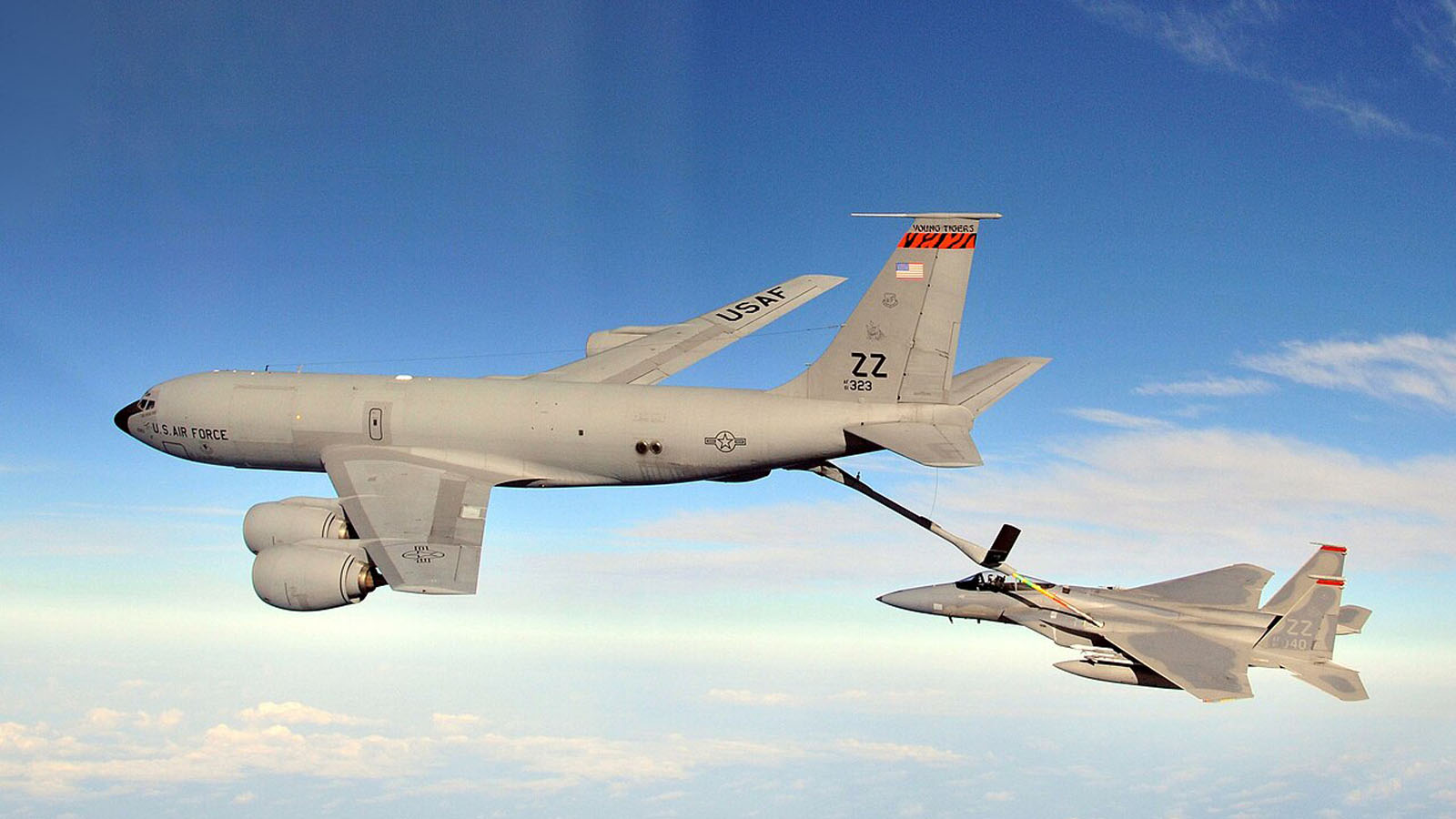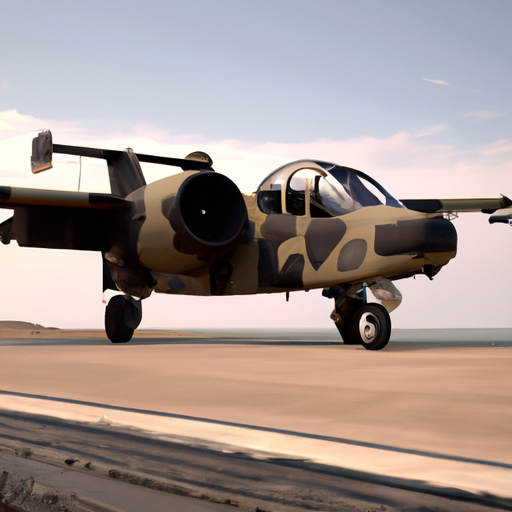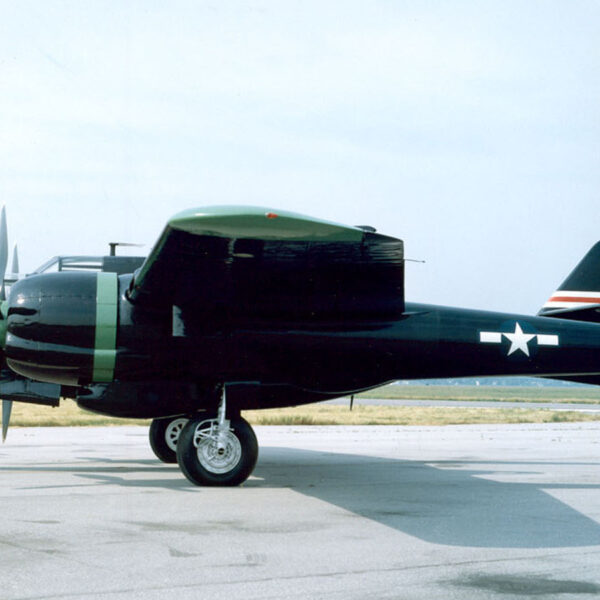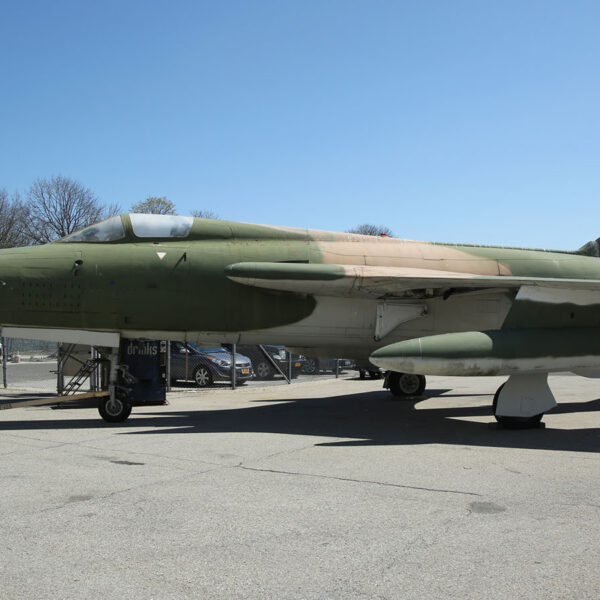“The legendary reliability and versatility of the Douglas C-47D Skytrain.”
Introduction
The Douglas C-47D Skytrain, also known as the Dakota in British military service, is a military transport aircraft widely used during World War II and in the following decades. It was developed from the civilian Douglas DC-3 airliner and was crucial in various military operations, including the D-Day invasion and the Berlin Airlift. Its versatility, reliability, and durability made it a popular choice for both military and civilian use, and it remains an iconic aircraft in aviation history.
Modern Uses and Variants of the Douglas C-47D Skytrain
The Douglas C-47D Skytrain, also known as the Dakota, is a military transport aircraft first introduced in the 1940s. It played a crucial role in World War II, serving as a reliable and versatile aircraft for the Allied forces. However, even after the war ended, the C-47D continued to be used in various capacities and has undergone several modifications to adapt to modern needs.
One of the most notable modern uses of the C-47D is in firefighting operations. The aircraft has been modified to carry large amounts of water or fire retardant and can be used to combat wildfires. This modification, known as the Fire Bomber, has been used in several countries, including the United States, Canada, and Australia. The C-47D’s ability to take off and land on short, unpaved runways makes it an ideal choice for firefighting in remote areas.
In addition to firefighting, the C-47D has been used for humanitarian aid and disaster relief missions. Its large cargo capacity and ability to operate in rugged terrain have made it a valuable asset in delivering supplies and aid to areas affected by natural disasters. The aircraft has been used in relief efforts for hurricanes, earthquakes, and other disasters worldwide.
The C-47D has also found a new role in the entertainment industry. Several aircraft have been modified to serve as aerial camera platforms for film and television productions. The large cargo door on the side of the aircraft allows for easy camera equipment installation, and the aircraft’s stability makes it an ideal choice for capturing aerial shots. The C-47D has been used in popular films such as “Saving Private Ryan” and “Band of Brothers.”
Another modern variant of the C-47D is the Basler BT-67. This aircraft is a remanufactured version of the C-47D with upgraded engines and avionics. The BT-67 has a longer range and can carry heavier payloads, making it suitable for aerial surveying, cargo transport, and research flights. Various government agencies, including NASA and the National Science Foundation, for scientific research in remote areas have used it.
The C-47D has also been adapted for use in skydiving operations. The aircraft’s large size and sturdy structure make it an ideal platform for skydiving, and it can accommodate many jumpers at once. The C-47D has been used in skydiving events and competitions, and some companies offer skydiving experiences from a C-47D for thrill-seekers.
In recent years, the C-47D has also been used for historical purposes. Several aircraft have been restored to their original World War II configuration and are used for airshows and commemorative events. These aircraft serve as a reminder of the C-47D’s significant role in history and pay tribute to the brave men and women who flew and maintained them during the war.
Despite its age, the C-47D remains a reliable and versatile aircraft with many modern uses and variants. Its enduring legacy is a testament to its durability and adaptability, and it remains a beloved aircraft among aviation enthusiasts. From firefighting to skydiving, the C-47D has proven its worth in various roles and continues to serve in different capacities, showcasing its timeless design and enduring capabilities.

Role and Significance of the C-47D Skytrain in World War II
The Douglas C-47D Skytrain, also known as the Dakota, was a military transport aircraft that played a crucial role in World War II. The Allied forces widely used it for various missions, including transporting troops, supplies, equipment, and medical evacuations. The C-47D Skytrain was a versatile and reliable aircraft game-changer in the war effort.
One of the main roles of the C-47D Skytrain was to transport troops and supplies to the front lines. This was a vital task as it ensured the soldiers had the necessary resources to carry out their missions. The C-47D could carry up to 28 fully equipped soldiers or 6,000 pounds of cargo. Its large cargo hold and sturdy design made it ideal for transporting troops and supplies to remote and rugged locations.
In addition to transporting troops and supplies, the C-47D Skytrain also played a significant role in airborne operations. It was used to drop paratroopers behind enemy lines, providing a strategic advantage to the Allied forces. The C-47D was equipped with a rear cargo door that could be opened in flight, allowing paratroopers to jump out with their equipment. This feature made it a crucial aircraft in the success of major operations such as D-Day and Operation Market Garden.
The C-47D Skytrain also played a crucial role in medical evacuations during the war. It was equipped with stretchers and could be easily converted into a flying hospital. This allowed for quickly and efficiently evacuating wounded soldiers from the front lines to medical facilities. The C-47D’s ability to land on short and rough airstrips made reaching injured soldiers in remote areas possible, saving countless lives.
Another significant role of the C-47D Skytrain was its use in supply drops to support resistance movements in occupied territories. The aircraft was used to drop weapons, ammunition, and other supplies to resistance fighters, providing them with the necessary resources to continue their fight against the enemy. This played a crucial role in weakening the Axis powers and ultimately contributed to their defeat.
The C-47D Skytrain was also used for reconnaissance missions during the war. Its ability to fly at low altitudes and slow speeds made it ideal for gathering intelligence and taking aerial photographs. This information was crucial in planning and executing military operations.
The C-47D Skytrain’s significance in World War II goes beyond its role in military operations. It also played a crucial role in the morale of soldiers. The aircraft was often referred to as the “Gooney Bird” or “Dakota,” and its distinctive silhouette and sound were a familiar and comforting sight for soldiers on the ground. The C-47D was also used to transport soldiers on leave, providing them with a much-needed break from the harsh realities of war.
In conclusion, the Douglas C-47D Skytrain was a versatile and reliable aircraft that played a crucial role in World War II. Its ability to transport troops, supplies, and equipment, as well as its use in airborne operations, medical evacuations, supply drops, and reconnaissance missions, made it an essential asset for the Allied forces. The C-47D Skytrain’s contribution to the war effort, both on and off the battlefield, cannot be overstated, and its legacy continues to be celebrated today.
History and Development of the Douglas C-47D Skytrain
The Douglas C-47D Skytrain, also known as the Dakota, is a military transport aircraft that played a crucial role in World War II and beyond. Developed by the Douglas Aircraft Company, the C-47D was a modified version of the civilian DC-3 airliner with enhanced capabilities for military use. Its versatility, reliability, and durability made it a popular choice for various military operations, earning it the nickname “Gooney Bird.”
The history of the C-47D dates back to the 1930s when the Douglas Aircraft Company designed the DC-3 as a commercial airliner. However, with the onset of World War II, the United States Army Air Corps recognized the potential of the DC-3 as a military transport aircraft. In 1941, the Army ordered the first batch of C-47s designated as the C-47A. These initial models were equipped with powerful Pratt & Whitney R-1830 Twin Wasp engines and had a cargo capacity of 6,000 pounds.
As the war progressed, the C-47D was developed with several improvements, including a strengthened airframe, larger cargo doors, and a more powerful engine. The C-47D also had a longer range and could carry a heavier payload of up to 10,000 pounds. These enhancements made the C-47D a vital asset for the Allies, as it could transport troops, supplies, and equipment to various theaters of war.
One of the most significant contributions of the C-47D was during the D-Day invasion of Normandy in 1944. The aircraft was crucial in dropping paratroopers behind enemy lines and delivering supplies to the front lines. The C-47D’s ability to operate from unprepared airstrips and its sturdy construction allowed it to withstand enemy fire, making it a reliable transport for the troops.
After the war, the C-47D continued to serve in various military operations, including the Berlin Airlift and the Korean War. It also saw action in the Vietnam War, where it was used for troop and supply transport, medical evacuation, and even as a gunship. The C-47D’s versatility and adaptability made it a valuable asset for the military, and it remained in service for several decades.
In addition to its military use, the C-47D also had a significant impact on commercial aviation. Many surplus C-47Ds were sold to civilian operators, who used them for cargo and passenger transport. The aircraft’s reliability and cost-effectiveness made it a popular choice for airlines and played a crucial role in developing the global air transportation industry.
Today, the C-47D is still in use in various parts of the world, primarily for cargo and humanitarian missions. Many have been converted into civilian aircraft, while others remain in military service. The aircraft’s iconic design and historical significance have also made it famous for airshows and aviation museums.
In conclusion, the Douglas C-47D Skytrain has a rich history and played a vital role in shaping the world we live in today. From its humble beginnings as a commercial airliner to its crucial role in military operations, the C-47D has left an indelible mark on aviation history. Its legacy continues to live on, and it will always be remembered as a symbol of strength, reliability, and resilience.
Conclusion
In conclusion, the Douglas C-47D Skytrain was a highly versatile and reliable military transport aircraft that played a crucial role in various operations during World War II and beyond. Its sturdy design, impressive performance, and ability to adapt to different roles made it a valuable asset for the Allied forces. Its legacy continues to live on, with some C-47s still in service today, showcasing the enduring impact of this iconic aircraft.










